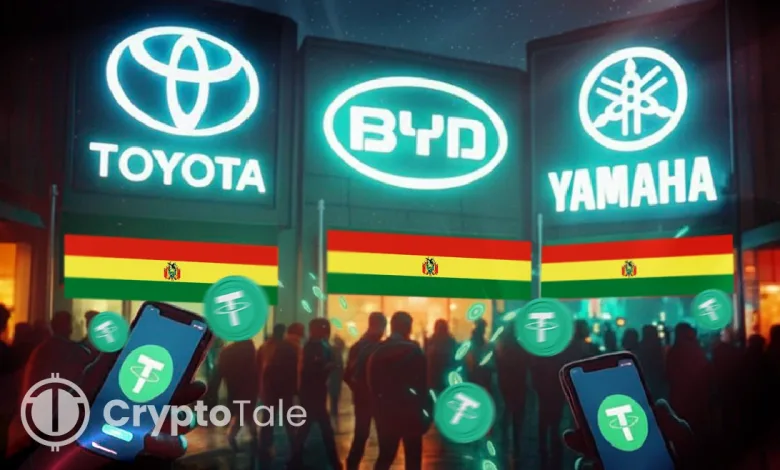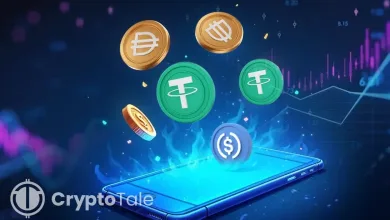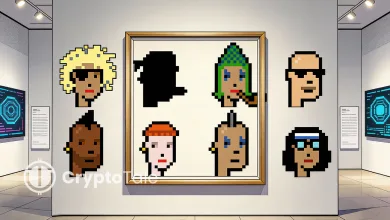USDT Grows as Toyota and Yamaha Accept Payments in Bolivia

- Toyota, BYD, and Yamaha dealerships begin acceptance of USDT payments in Bolivia.
- Bolivia’s crypto transactions surged 630% in 2025, reaching $294M amid economic pressure.
- Stablecoin adoption in Bolivia shows informal dollarization and banking scarcity issues.
Tether CEO Paolo Ardoino announced that Toyota, BYD, and Yamaha dealerships began accepting USDT payments in Bolivia in an X post. This announcement comes amid rising inflation, strained banking access, and a growing appetite for stablecoins in the South American nations. Posters displayed at the showrooms carried the phrase, “Tu vehículo en dólares digital,” meaning “Your vehicle in digital dollars.”
Stablecoin Adoption and Economic Pressure
The announcement follows a period of economic pressure in Bolivia. Inflation reached a 40-year high, doubling from 12% in January to 24.15% in August 2025. The Bolivian Central Bank reported a 630% jump in crypto transactions during the first half of the year, reaching $294 million compared to $46.5 million in 2024.
This economic drop created conditions for the fast adoption of stablecoins. Banco Bisa, one of Bolivia’s leading banks, introduced custodial services for USDT in October 2024, giving customers regulated access to trading. Later, the government lifted a long-standing ban on crypto in June 2024, legalizing transactions through banks and integrating “virtual assets” into the financial system.
Global Brands and Informal Dollarization
The acceptance of USDT by Toyota, BYD, and Yamaha shows how multinational firms are adapting to Bolivia’s strained monetary system. Paolo Ardoino described USDT as the “digital dollar for hundreds of millions in emerging markets,” underlining its expanding role.
According to BitGo, a crypto security firm, the first Toyota was purchased in Bolivia with USDT on September 20, 2025, indicating operational readiness. Bolivian shops and import-dependent businesses have also begun pricing goods in USDT.
TowerBank’s head of digital assets, Gabriel Campa, explained that firms purchase stablecoins locally or offshore, convert them into dollars, and then pay overseas suppliers. This establishes a circular economy where goods and services move through stablecoin transactions outside traditional banking channels.
This form of adoption resembles informal dollarization, where citizens and businesses turn to dollar-backed stablecoins instead of relying on the national currency or banking framework. With local reserves under pressure, companies and individuals increasingly use USDT as a settlement tool for both retail and trade.
Related: Bolivia Adopts Crypto for Fuel Imports Amid Dollar Shortage
Reserves, Currency Signals, and Rural Gaps
At press time, the boliviano was trading at $0.14436 with market indicators pointing to marked currency weakness. Oscillators show strong sellside pressure. Consequently, businesses that depend on imports face harder access to dollars and steeper procurement costs.
However, adoption is uneven, with low uptake across rural areas that lack wallets, internet, and crypto education. While urban dealerships and service centers adopt USDT quickly, many provinces still lack basic crypto infrastructure.
This uneven spread indicates the gap between formal business adoption and limited nationwide penetration. The currency technicals and collapsed reserves together indicate why stablecoins now serve as practical settlement tools.
Bolivia Dollar Shortage
Dollar scarcity has increased recently, with banks unable to meet demand and rising exchange rates worsening the shortage. Businesses dependent on imports, including Toyota, Yamaha, and BYD, face delays and rising costs as access to dollars becomes harder. Accepting USDT payments allows them to maintain trade operations while offering customers a practical alternative.
USDT provides more predictability than volatile digital assets. For Bolivian businesses, the stablecoin provides faster payments without bank delays, easier access for anyone with a crypto wallet, and more stable pricing insulated from cash shortages and exchange fluctuations. For customers, paying in USDT removes the burden of finding scarce dollars or accepting inflated black market rates.
Meanwhile, Toyota, BYD, and Yamaha accepting USDT in Bolivia demonstrates how firms use stablecoins to settle sales amid dollar scarcity. Reserve collapse and BOB/USD technicals show acute currency stress driving stablecoin demand. Rural adoption stays low, revealing uneven access across Bolivia’s economy.




